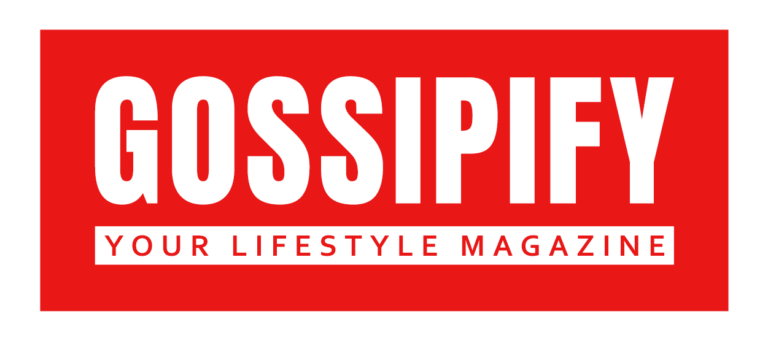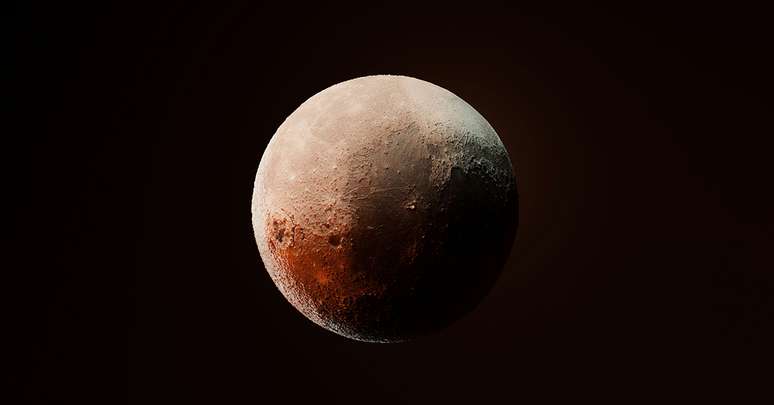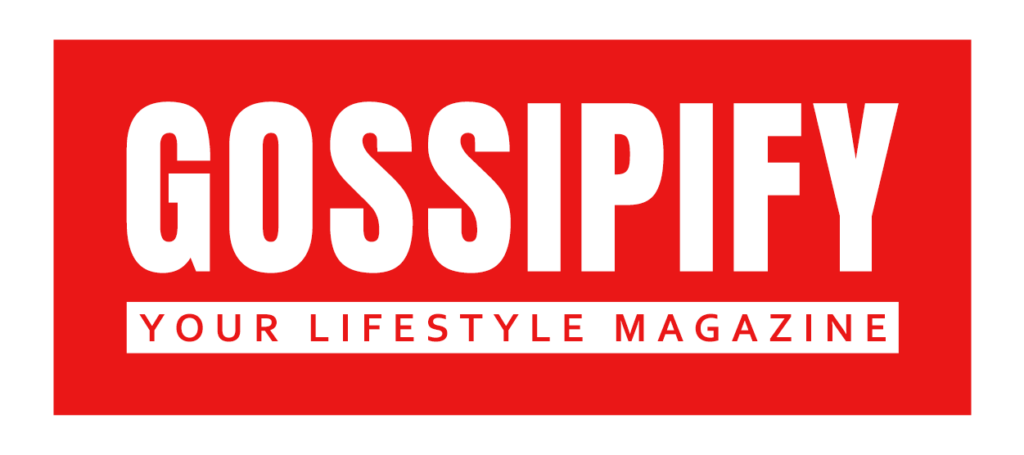With the right strategies it is possible to achieve good results in both aspects
When it comes to physical development, one of the most common questions among bodybuilders is whether it is possible to increase muscle mass, known as hypertrophy, and, at the same time, reduce body fat, which leads to muscle definition.
In other words, will You can “grow” and “dry” at the same time? The answer is yes, even if the process requires a strategic and balanced approach between training, nutrition and rest. Let’s understand each other”
Hypertrophy and definition: what’s the difference?
In a simplified way, hypertrophy refers to increasing muscle size, i.e. increasing muscle mass. Already the muscle definition It is related to the visibility of the muscles, which occurs especially when the amount of body fat is low.
Hypertrophy means gaining muscle mass and building muscle, while definition, which we can also call toning, is the shape of the muscle. This is notable for fat reduction, as the muscles are hidden behind a wall of fat, and the smaller this wall is, the more visible the muscle definition will be,” explains Patrick Ebber, physical education professional at Evoque Gym (SP) .
Therefore, although the two concepts are different, they are interconnected. To have definition you must first develop muscles through hypertrophy. An effective workout routine aims to both increase muscle mass and burn fat to achieve the desired results.
Hypertrophy training x definition training
There is a common myth among beginners that the number of repetitions during exercises should be different for hypertrophy and definition. However, according to studies such as the “Loading Recommendations for Muscle Strength, Hypertrophy and Endurance” research, muscle growth can be achieved across a broad spectrum of loading ranges.
The most important thing is the load used and the correct execution of the exercises. “Training with a load that allows between 6 and 15 repetitions, reaching the last one with difficulty, can be considered more acceptable for hypertrophy,” the study highlights.
Low repetitions (1 to 5) are most associated with strength gains, while moderate ranges (8 to 12 repetitions) optimize hypertrophy gains. Higher repetitions (greater than 15) with light loads improve local muscle endurance, but may not generate the same muscle mass gain.
In case of muscle definitionthe main difference is the need to do it reduce the fat percentage. This means that, in addition to weight training to build muscle, it is essential to integrate aerobic activities, such as running, swimming or cycling, which help burn fat.
How to reconcile hypertrophy and definition?
It is possible to combine hypertrophy and muscle definition with a well-structured training plan. This involves alternating between weight training focused on hypertrophy and aerobic exercises to burn fat.
“With intense weight training we can achieve a significant increase in muscle mass (hypertrophy), and due to the demand for strength, we also experience fat loss (definition/toning),” says Ebber.
Additionally, the intensity of weight training also plays a crucial role in fat burning. High-load, short-interval exercises can increase calorie expenditure, contributing to fat loss, even in hypertrophy-focused routines.
Proper nutrition is also vital. A protein-rich diet aids recovery and muscle development, while controlled calorie reduction promotes fat loss.
Tips for optimizing results
For those seeking both hypertrophy and muscle definition, a few tips may help improve your results:
- Combine strength and aerobic training: alternate intense weight training and aerobic exercises. This approach maintains muscle building while promoting fat burning
- Focus on diet: Nutrition is essential to achieve both goals. A high-protein diet aids muscle recovery, while calorie control is necessary for fat loss
- Respect the rest: Adequate rest between workouts is essential for muscle recovery and optimizing results
- High intensity training: High-intensity workouts, such as HIIT (High Intensity Interval Training), can be a great way to burn fat without sacrificing muscle mass
In short, gaining muscle and losing fat at the same time is possible, but it requires balance and planning. By combining weight training, aerobics and proper nutrition, you can achieve the hypertrophy and muscle definition you desire.
Remembering that it is always advisable to avail yourself of the support of a physical education professional and a nutritionist to guide you in this process and guarantee safe and effective results.
Source: Terra
Ben Stock is a lifestyle journalist and author at Gossipify. He writes about topics such as health, wellness, travel, food and home decor. He provides practical advice and inspiration to improve well-being, keeps readers up to date with latest lifestyle news and trends, known for his engaging writing style, in-depth analysis and unique perspectives.





![Tomorrow belongs to us in advance: Bart looked at us! [SPOILERS] Tomorrow belongs to us in advance: Bart looked at us! [SPOILERS]](https://fr.web.img5.acsta.net/img/af/35/af359d527d6d271621ed2b01f9443f9a.jpg)

![UN SI Grand Soleil in advance: Ludo trap … What awaits you on the week of October 13, 2025 [SPOILERS] UN SI Grand Soleil in advance: Ludo trap … What awaits you on the week of October 13, 2025 [SPOILERS]](https://fr.web.img6.acsta.net/img/7b/c9/7bc95a441d5f495ce3a7f05cbfbc580e.jpg)
